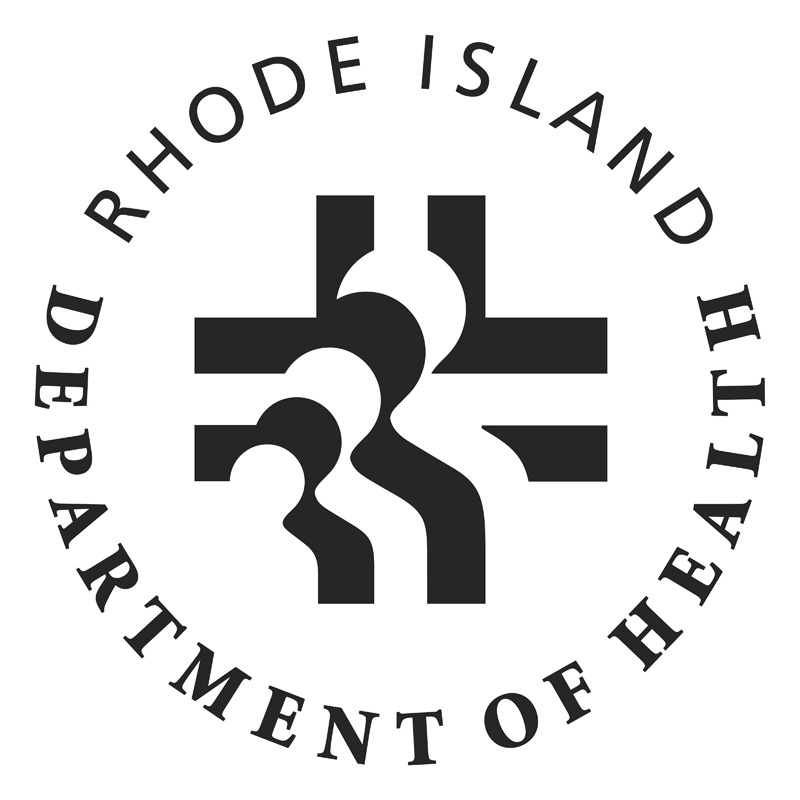 Rhode Island Department of Health
Rhode Island Department of HealthState of Rhode Island
Department of Health
 Rhode Island Department of Health
Rhode Island Department of HealthState of Rhode Island
Department of Health
PFAS (per- and polyfluoroalkyl substances) are a large group of manmade chemicals that repel oil and water. They have been used since the 1940s to make products water-, grease-, and stain-resistant. Some PFAS take centuries to break down in the environment. This is why they are called “forever chemicals.” Some PFAS break down and form other PFAS. PFAS that don’t break down build up in and pollute the environment.
People can be exposed to PFAS by eating food, drinking water, accidentally ingesting dust, or breathing air polluted with PFAS. PFAS can also build up in our bodies. Studies have shown certain PFAS can contribute to negative health effects.
Nearly everyone has a low level of PFAS in their blood. Studies have shown that PFAS builds up in the body and can have negative health effects. Exposure to PFAS has been linked with a variety of health effects, including:
Most exposure to PFAS comes from eating, drinking or breathing. PFAS are not easily absorbed through the skin. The more PFAS you are exposed to, the more PFAS will eventually accumulate (build up) in your body and the greater the risk of health effects developing over time.
Children younger than two years are at higher risk from PFAS exposure. This is because they are exposed to more PFAS than adults and because their bodies are still developing. People who are breastfeeding, pregnant, may become pregnant, and people with weakened immune systems are also particularly at risk.
People are exposed to PFAS by:
Drinking water is one possible source for PFAS. The Rhode Island Department of Health (RIDOH) has been working with public water systems to identify PFAS and address it. Public water systems in Rhode Island are now required to regularly test drinking water for PFAS. To view test results, see health.ri.gov/data/pfas.
There are continuous treatment processes that can lower or remove PFAS from drinking water. Public water systems are required to lower the amount of PFAS in their water if it is above the level allowed by Rhode Island law.
Learn more about PFAS in drinking water.
You can take simple steps to reduce exposure to PFAS:
Reduce the risk of common health problems
PFAS exposures may contribute to common health problems, like heart disease and infections. People concerned about possible exposures should focus on well-known steps to reduce those health risks, such as: